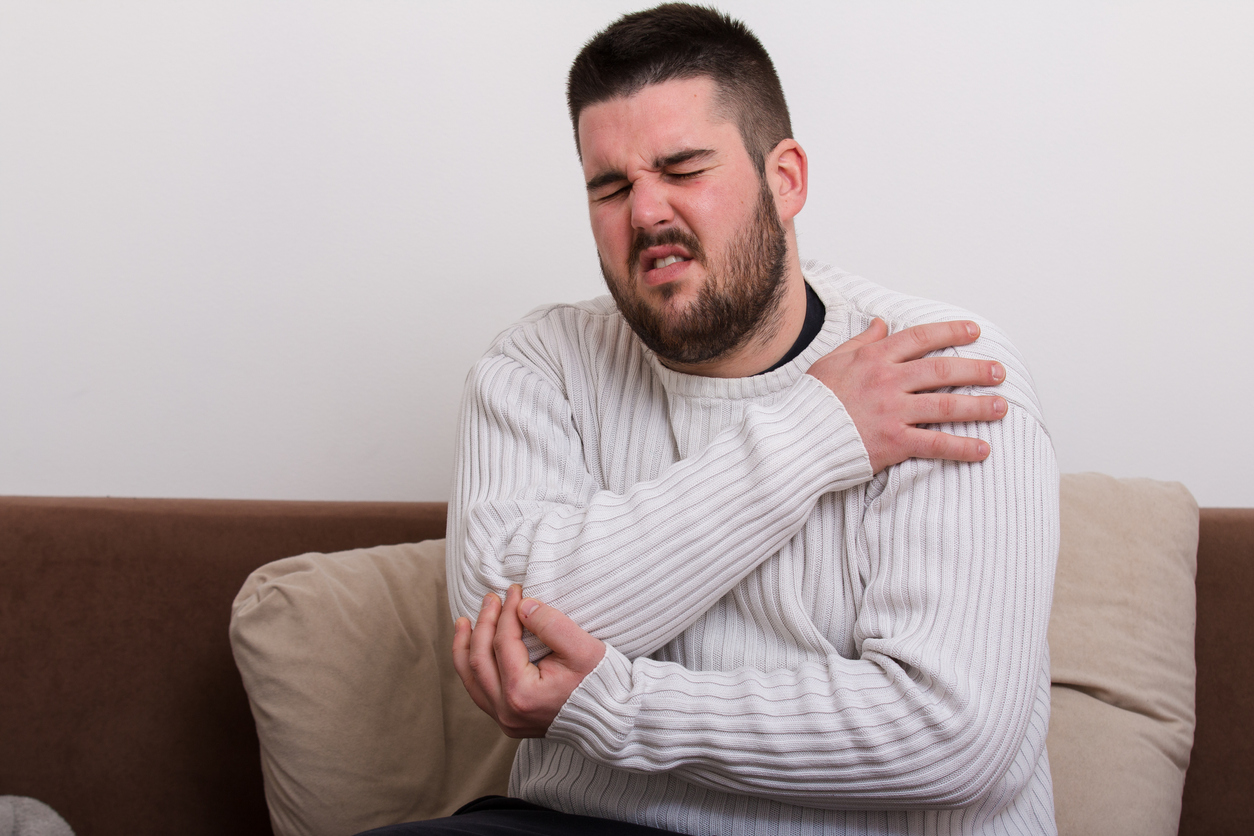
Bursitis is a condition that affects parts of joints – specifically the bursae, which are sacs filled with fluid that act as cushioning between bones and other tissue in the joints. Bursitis can cause pain and inflammation due to friction between the joint’s bones and other tissues.
Bursitis is usually caused by an injury, overuse, or infection. The body has 150 bursae, and any of them can be affected by bursitis. However, the most common places affected by bursitis are the elbows, shoulders, ankles, knees, and hips.
Common Symptoms of Bursitis
The most common symptoms of bursitis are pain, swelling, redness, tenderness, and limited mobility in the affected joints. Symptoms of bursitis often differ slightly depending on the specific location where the condition develops.
- Hip bursitis can develop in the bursae located in the groin or near the hip. Symptoms include sharp and intense pain that radiates to the thigh and gradually spreads across the hip area. Pain is typically worse at night and after prolonged movement.
- Elbow bursitis can cause pain that radiates from the tip of the elbow. Symptoms include pain, inflammation, and swelling in the area. You may also feel pain when applying pressure on the elbow, such as when resting it on an armrest or table.
- Shoulder bursitis can cause symptoms such as pain, inflammation, swelling, and redness on the outside of the shoulder. Symptoms are generally worse when you lift your arm up. You may also experience reduced range of motion in the shoulder.
- Knee bursitis usually involves feeling warmth, tenderness, and pain in parts of the knee. There are 11 bursae located in the knee. You will feel these symptoms in specific parts of the knee, depending on the particular bursa affected by the condition.
- Ankle bursitis causes pain in the top of the heel bone. Symptoms are typically worse when you flex the foot, especially when you walk or run for prolonged periods of time.
Bursitis Treatments
In most cases, treating bursitis does not require surgery. Doctors prescribe medications to reduce inflammation, pain, and to treat infection. Additionally, physical therapy exercises can help strengthen the muscles in the area affected by the condition. This can help reduce pain symptoms.
Your doctor can also administer corticosteroid injections in the affected bursa which can help reduce pain and inflammation. While the bursa heals, your doctor may also recommend using an assistive device, such as a cane, to help reduce the pressure on the area. In cases of chronic or severe bursitis, surgery may be necessary to remove the affected bursa.
Bursitis Treatment in North Dakota
The board-certified and fellowship-trained bone and joint physicians at The Bone & Joint Center can diagnose and treat a wide range of bone, muscle, and joint problems, such as bursitis. We practice compassionate care and offer effective and state-of-the-art treatments.
If you are suffering from bursitis pain, make an appointment with one of our experienced physicians by calling (701) 946-7400 or (866) 900-8650 or request an appointment now. We look forward to serving you!

